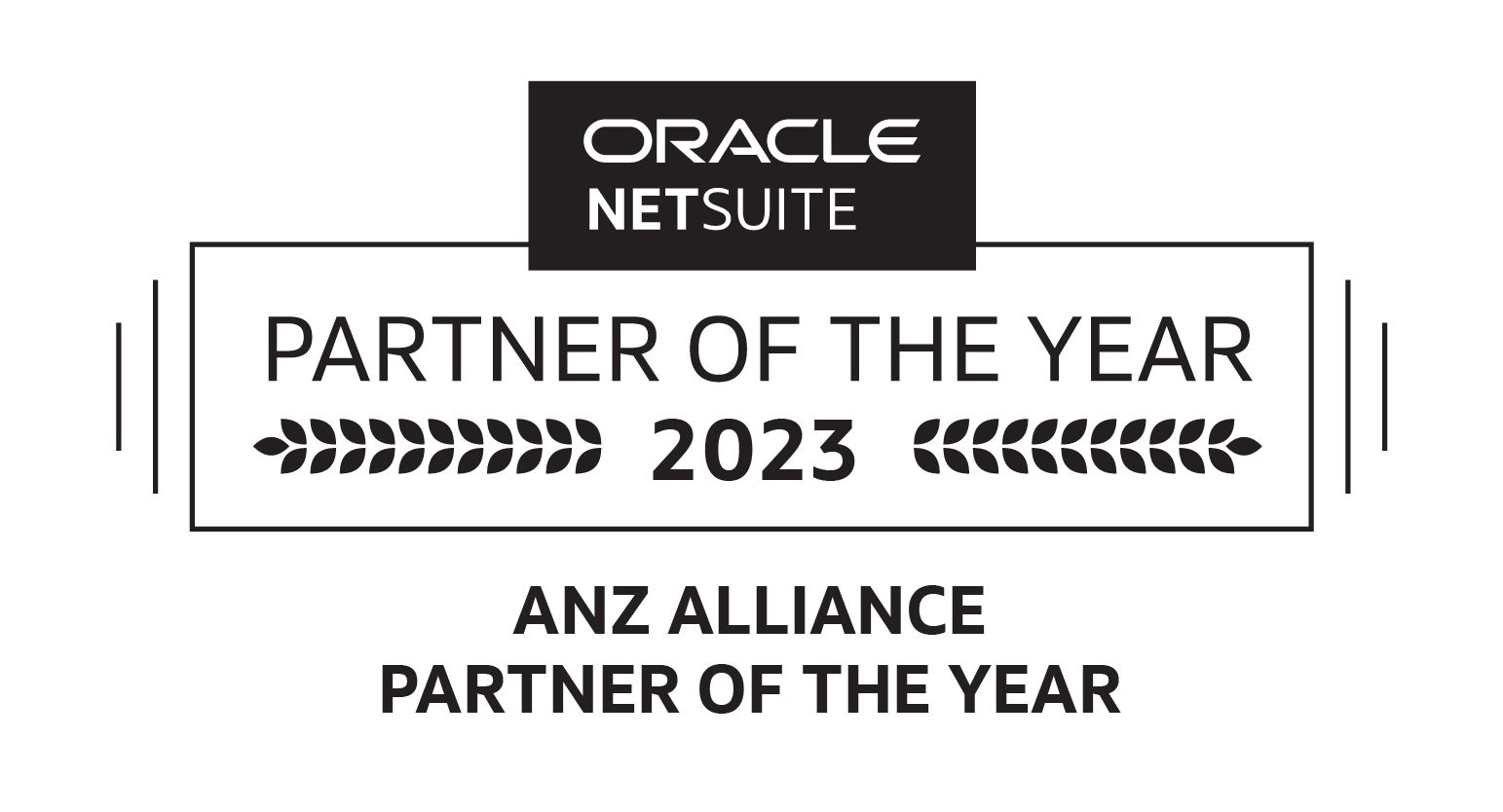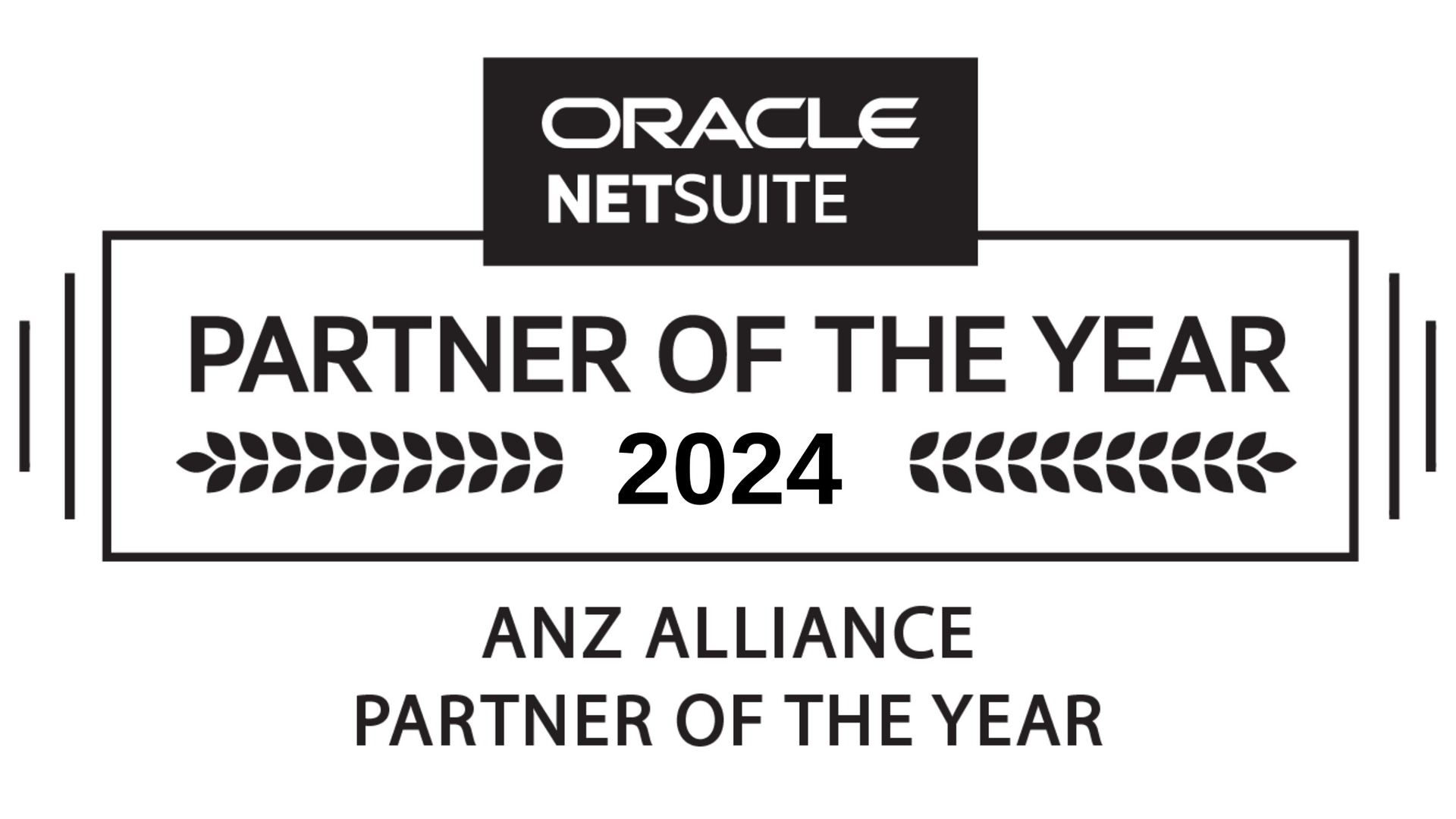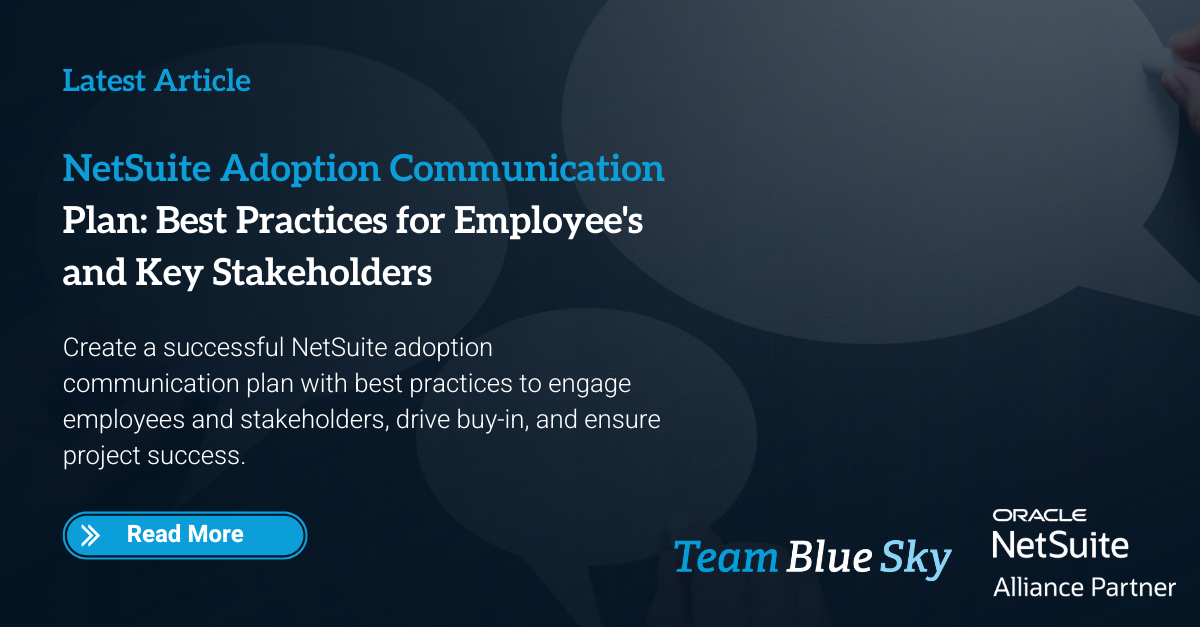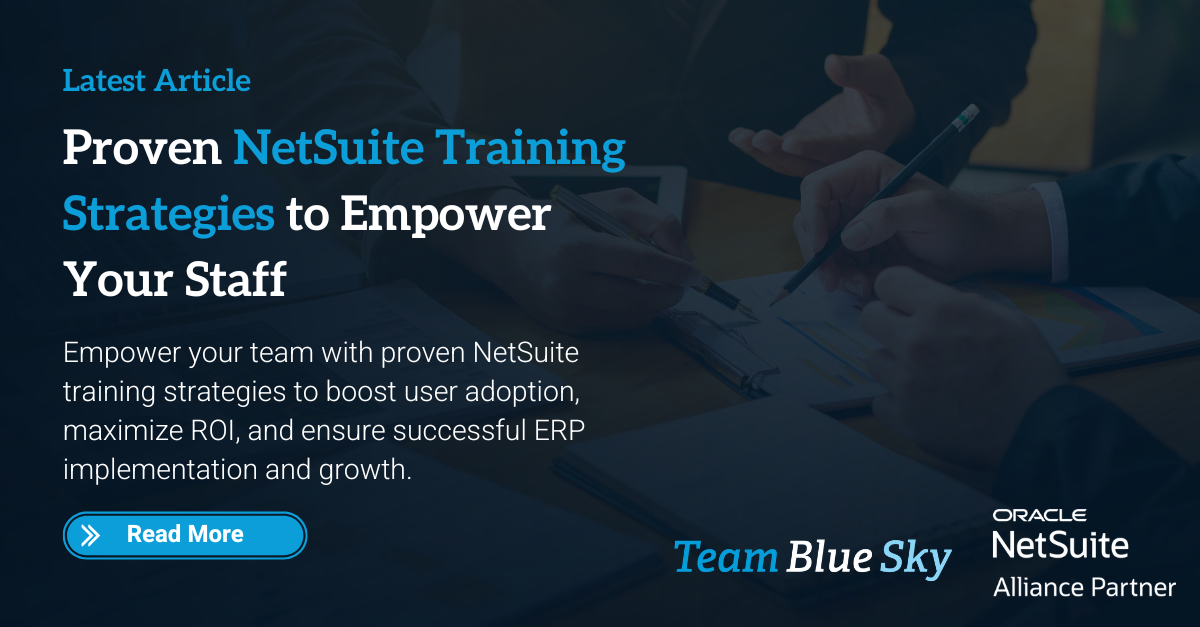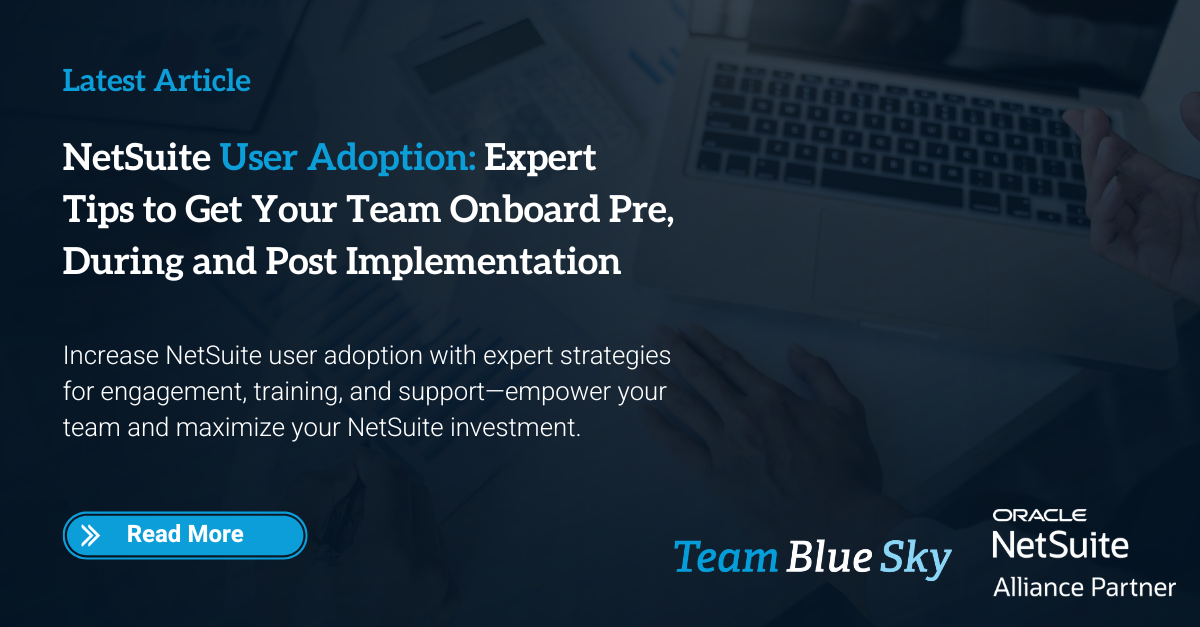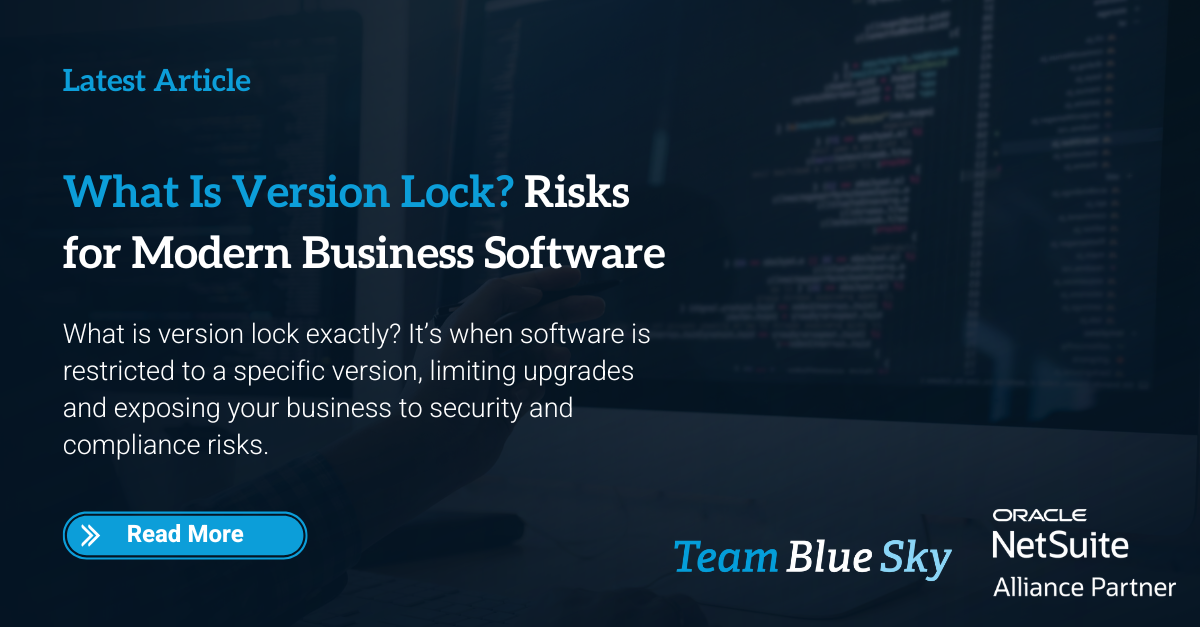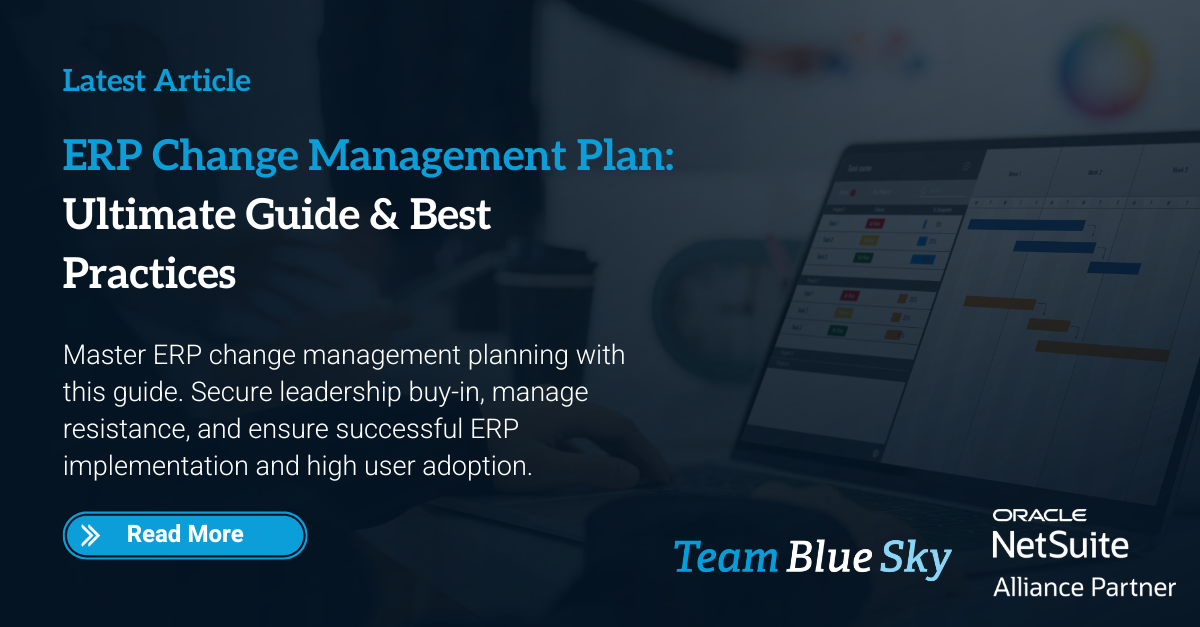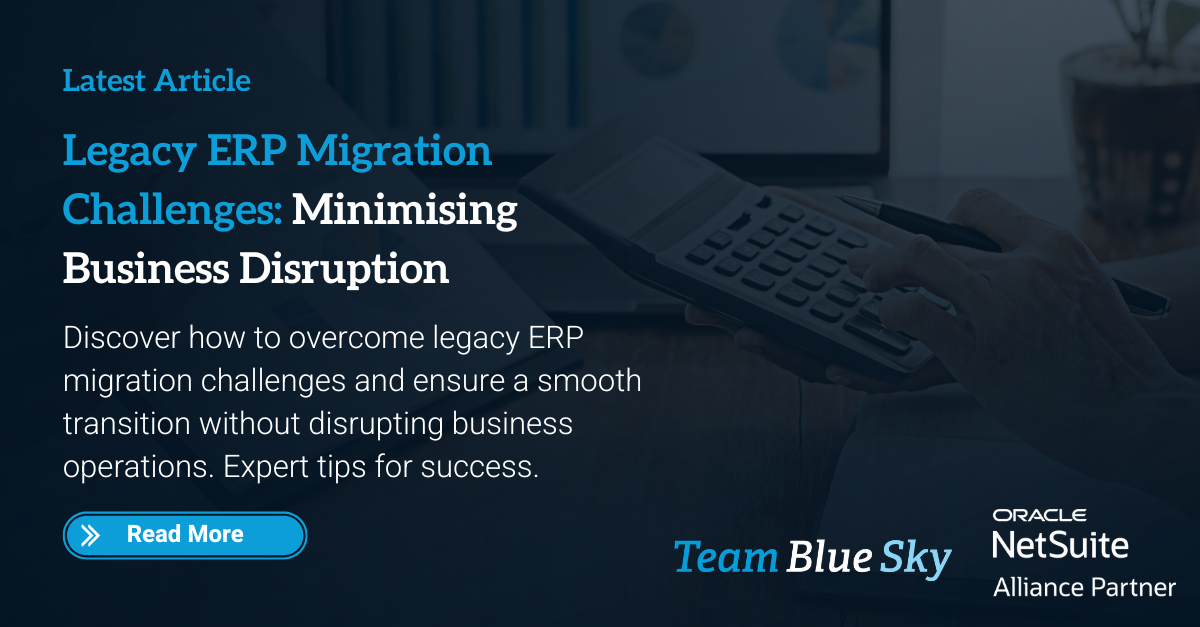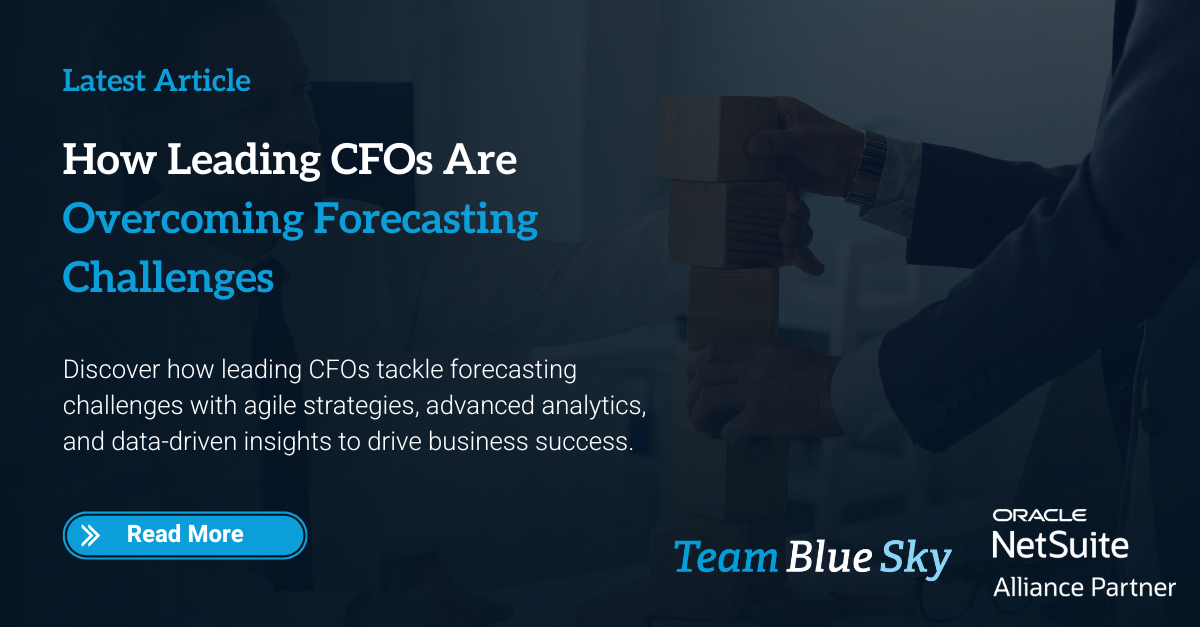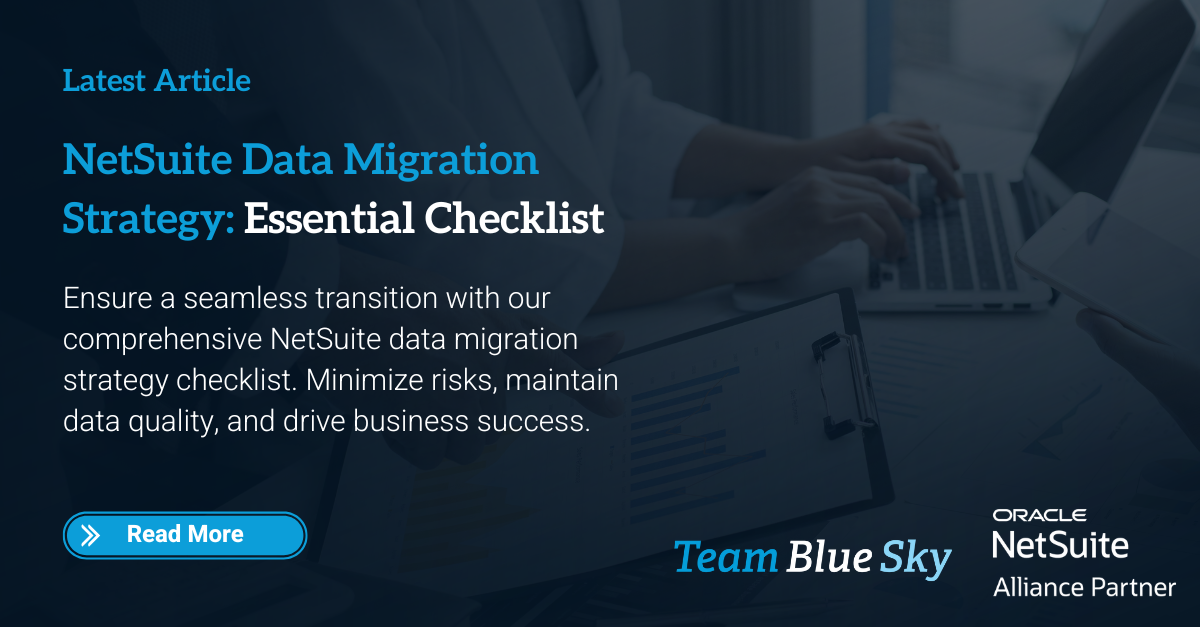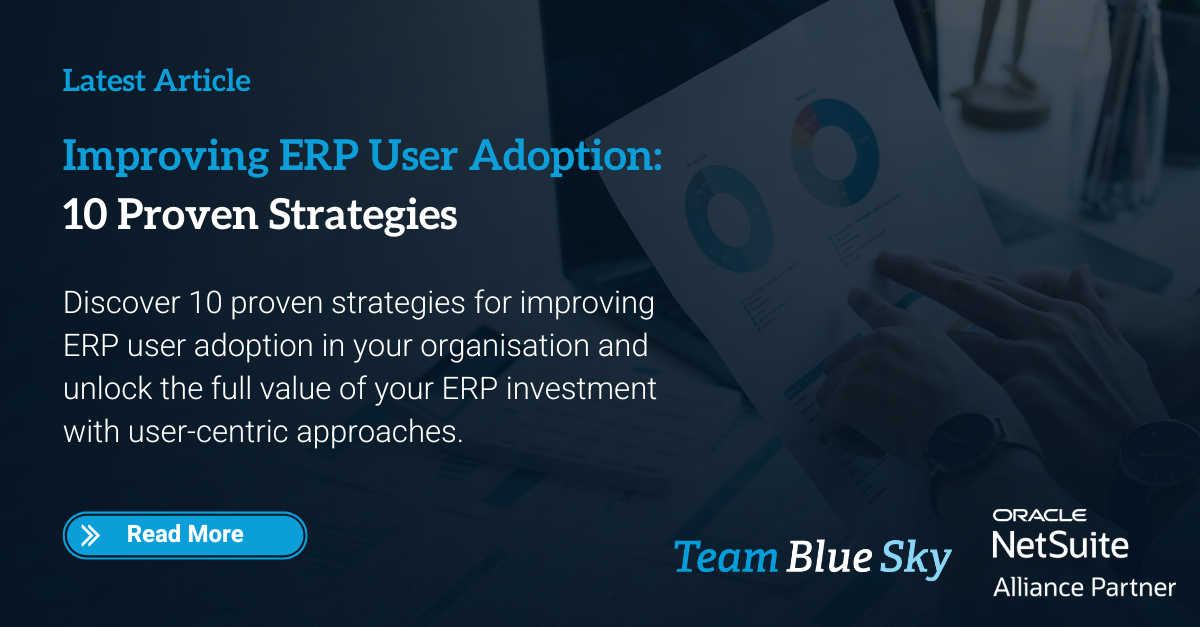7 Things Australian Manufacturers Need to Consider
Many manufacturers were considered vital businesses during stay at home orders, and they continue to be in business. However, as the economy reopens more broadly, there are still many factors to consider. Manufacturing companies need to continue to prioritise the safety and financial health of their employees. According to business leaders in the sector, there will be an increased focus on safety and financial health, as well as continuous improvement at the shop floor, managing disruptions in supply chains, and new ideas about customer acquisition.
The article provides a comprehensive list of steps that can be taken by all businesses.
Evaluate Your Supply Chain
Every industry has its own way of evaluating their business and identifying areas for improvement.
COVID-19 brought a greater spotlight to supply chain management problems in manufacturing companies. Many of these were already present and were further magnified by the recent global tariff wars. To manage risk, manufacturers must inspect their supply chains. This audit should include all suppliers and vendors, as well as how inventory is managed. It also helps to prepare the business to face the future.
Financial Health: Focus on the Suppliers
Many manufacturers have been forced to close non-essential business locations due to mandatory closings. This has caused furloughs, decimated demand, and made it difficult for some businesses to stay open. Every business leader must keep an eye on cash. Suppliers are the best place to focus cash flow efforts.
Manufacturers should spend time looking at strategic sourcing and evaluating vendors, especially if they are in sole or single sourcing positions. Manufacturers are increasingly looking at secondary and tertiary suppliers in order to avoid any future supply chain problems. However, this comes with the additional burden of finding reliable and cost-efficient suppliers.
Although supply chain redundancy techniques can be effective in keeping your most important items moving and maintaining efficiency, they come with a price. Gavin Davidson, NetSuite's product marketing director, said that they should only be used at the most crucial points in your supply chain. He has 35 years of experience in the manufacturing industry. "You must weigh the risks and cost of these new suppliers and create multiple scenarios to assess their budget impact.
You can prioritize the areas that need backup supply by looking at the bill of materials. This will help you to identify key points of supply and locate alternative sources of supply for those most at risk.
"Manufacturers need to identify the top 3-4 suppliers that account for the majority of their spend, then assess and mitigate the risk associated with keeping those suppliers single or sole suppliers," stated Matt Wisner (industry principal at NetSuite's Manufacturing Center of Excellence). Many manufacturing companies are looking into vertically integrating their suppliers, adding capability to their operations or considering a potential acquisition.
A contingency plan can reduce the chance of having to scramble to find additional suppliers. Many of these suppliers will not be able to fulfil your orders due to the next supply disruption. This plan should consider the timeframe for communication, inventory monitoring and logistics flexibility for each supplier.
Manufacturers should examine their inventory management strategies and closely track key performance indicators, especially fill rate. Many manufacturers were found unable to meet demand due to insufficient stock. Many manufacturers are increasing their stockpiles and having more inventory than they used to.
"We are building up inventory for all our products right now and making sure that we are there when demand hits," stated Bill Robbins (President and Founder, RubberForm Recycled Product).
Some manufacturers were looking to move beyond just-in time manufacturing to on-demand manufacturing in particular markets that are able to be served by 3D printing. Although it may seem subtle, companies are realizing that this is a shift in thinking. "If I could place this within proximity to a cluster of clients, I can save shipping, logistics and other supply chain costs, and avoid disruptions," Tony Uphoff, President & CEO of Thomas, a publishing company focusing on manufacturing. Once they have technologies such as additive manufacturing under their belts, companies will be able to start this type of transformation in their business models.
Manufacturing executives can choose to look at their current inventory processes and determine if they have a better alternative.
For the moment, ". . . Davidson, NetSuite's Managing Director, said that he is able to identify the most in-demand SKUs and negotiate better prices for bulk orders. He also explores rebate options to help keep cash flow moving. This will not only ensure that manufacturers have the right inventory in the future, but it also helps to ensure that the business doesn't go cash-poor.
Plan Multiple Scenarios for Supply Chain Disruption
Forecasting in today’s environment can be difficult. Manufacturing finance leaders must assess cash flow and forecast more often to help prepare for unexpected events and minimize the impact of future surprises.
Manufacturers must be ready for bullwhip effect as disruptions creep up and down the supply chains. As demand shifts, the number of these swings will rise. To put it another way, many raw material producers have slowed down production because of decreased demand. However, as more non-essential businesses reopen and more manufacturers ramp production up, the supply chain will shrink, manufacturers will be forced to compete for these materials. Due to the high level of competition, certain types of raw materials like plastics and textiles are in high demand. This makes planning challenging.
Manufacturers need to balance their inventory so that they don't have a depleted supply, but not too much that they tie up money. It will take time for the global supply chain to normalize. The best solution, besides a crystal ball, is to get as much insight into future and current demand as possible.
This will require the modelling of multiple scenarios, some worst-case, to determine the impact on sales, operational expenses, and cash flow. When modelling these scenarios, manufacturers should first consider areas that could have a significant impact on sales, operational expenses, and cash flow. Consider the possibility that there may be fewer employees or shifts because of quarantine requirements.
Customer Acquisition & Retention: Ecommerce is Key
As COVID-19 had an impact on business activity at the beginning, manufacturers must continue to focus on maintaining their customer relationships when they reopen. This includes prioritizing loyal customers who are most profitable and limiting inventory. Manufacturers need to have a solid grasp of customer lifetime value as well as customer acquisition costs.
Most companies are moving towards customer retention. However, manufacturers need to re-evaluate their interactions with prospects and leads.
This requires that you review your existing marketing and sales messaging in order to match customer sentiment. Empathy and how your business can help the community (i.e. Manufacturing essential supplies) and customers. As a sign to show goodwill, many manufacturers offer more generous payment terms to existing and new customers.
Dean-Paul Hart, president and CEO of Compac Industries, Tucker, Ga.-based manufacturer of baby and oral care products, stated that people don't want their needs met.
Manufacturers should review their digital strategy and look into other marketing channels to replace lost leads from tradeshows and meetings in-person.
" We've been doing tradeshows since years. Hart stated that we have debated about how important they were and whether they had a measurable ROI. "This year, it's our chance to use that budget to figure out how to communicate with these people, do follow-up differently, and see how it goes."
Ecommerce is quickly becoming a major area of business that attracts new customers. According to the NetSuite survey, 35% are reporting an increase in ecommerce.
"Channels are changing, and it's all about pivoting channels. Jim Estill, Danby Appliances CEO, stated that the way people buy is changing.
Manufacturers that didn't sell online, especially via ecommerce and social media, were left behind after stay-at-home customers forced stores to close. Ecommerce has become a major factor in many manufacturers' ability to keep their doors open and support existing customers while also acquiring new customers.
Adapting and Repackaging
Many manufacturers have adapted production lines to create new products in response to the disruption. Bedford Industries is a manufacturer of twist ties. It has shifted some manufacturing to face shields. Bedford needed to find a way of capturing the demand for its new face shield after posting about it on social media. In just four days, Bedford launched an ecommerce website and has since sold more products to customers in more efficient ways.
New customers can now connect with Bedford through the ecommerce website. Existing customers also get more attention. Jay Milbrandt, President at Bedford Industries, stated that the ecommerce site has allowed Bedford Industries to free up its sales team to handle orders and to deal with regular customers. It also gives Bedford an avenue to get these products directly to those who are really interested.
Manufacturers have had to rethink their approach to existing customers and how they market.
Hart stated that "with retailers closing, we noticed an immediate shift in our online businesses." Hart said that while we are going deeper to deliver online, and building out our B2C company, it doesn't mean that we will compete with our retailers. Prices are a bit higher on-site than they are at retailers.
Even if they are only selling a small number of products, many manufacturers are increasing their ecommerce efforts.
Robbins stated that "we're changing how we sell our products." "We are updating our website to make it easier for people to find us and the products we produce. This is something we have struggled with for years.
Manufacturers need to reconsider whether selling online makes sense, even if the decision was difficult or not worth the effort.
Manufacturers should search for an ecommerce solution that is flexible enough to adapt to changes in their business model. It is important to find an ecommerce system that can adapt quickly to changing market conditions and consumer preferences, as the balance between online and offline sales can be volatile. The ecommerce system must be compatible with other systems. Data should flow seamlessly between ecommerce, CRM and inventory systems. This will provide customers with real-time information about product availability, stockouts, and shipping status. This is vital to help them set their expectations for today's market and the future.
Create a Safety and Health Control Plan
The CDC suggests that manufacturing companies develop a COVID-19 assessment for their facilities and a control plan. These guidelines could require manufacturers to change employee schedules and the layout of their shop floors, as well as monitor social distancing.
Manufacturers must first determine the maximum number of employees that can be safely employed in the building at any given time. Is it necessary to reduce the number working in each shift? Do you need to add new shifts? Some manufacturers are segregating employees into designated shifts. Shift 2 will not be affected if a shift 1 worker becomes sick. They can still work during quarantining. It is also recommended to have a staggering arrival, departure, and break time in order to discourage crowds.
Manufacturers must ensure safety on the shop floor after determining how many workers they have. Six feet must be the minimum distance between employees working in manufacturing plants. Executives may need to think outside the box and reconfigure their space to allow for distance between work centers. To further protect their employees and maintain production, many manufacturers have placed barriers between workstations. This social distance must be maintained throughout the facility, including in break rooms. Laird Performance Materials, an international high-tech company with plants in China moved some canteen tables outside to ensure that employees could eat at a safe distance.
The next step is sanitization. Disinfecting must be included in manufacturing processes. To encourage better hygiene, manufacturers might set up handwashing and hand-sanitizer stations. They may also install touch-free clock in/clockout stations. Employees should wear gloves and masks. Sanitizing between shifts is another option.
Manufacturers should also think about how the materials are moved from one place to another. Do you need to sanitize the material that is being passed back and forth? Or will gloves suffice? You need to monitor this process to ensure safety and minimize the chance of your facility being shut down. Manufacturers need to consider how long the virus can survive on non-infected surfaces. The coronavirus can survive on copper for approximately four hours, cardboard 24 hours, steel, plastic, and glass up to 72 hours.
Align the Organization Around Continuous Improvement
Demand will increase as businesses reopen but it will be slower than normal for the foreseeable future. Manufacturers should seize this opportunity to reduce waste and increase production efficiency. This message must be sent from the top. In some cases, it's already being delivered.
Hart of Compac said that they would move from one problem to another, and not just from one problem to the next. "Because we don't do anything but solve problems. We never set up a process. So we just keep going with the same old things down the road."
Many manufacturers are currently evaluating their shop floor for safety and distancing. They can now focus on lean efforts, improving efficiency in systems and workflows and lean manufacturing. This could mean moving equipment or lines around the shop floor. Or reorganizing to create more logical flow. Manufacturers should also evaluate whether their systems are adequate to keep up with normal demand. If you don't have this, it's worth focusing on real-time inventory visibility so that you can see what's happening at the shop floor in real time. In times like these, manufacturers who are proactive in improving their businesses will be able adapt quickly and innovate regardless of the circumstances.
Matt Wisner, NetSuite's CEO, said that it is an excellent exercise for process engineers to see the work center from another perspective. He also noted that this gives them an opportunity to bring in additional staff to offer a unique perspective. The goal is to identify and implement effective process changes that not just provide for proper distancing, but also consider material, people, one-piece flow and point of use inventory.

Henry Sack
General Manager

With over 12 years of experience as a NetSuite implementation consultant, Henry Sack leads TeamBlueSky’s team of NetSuite and accounting experts in his role of General Manager.
TeamBlueSky is a leading Australian
NetSuite Alliance Partner whose mission is to provide critical
NetSuite BPO and
Payroll services to NetSuite clients who are wanting to simplify their
back office processes and partner with a leading
NetSuite administration expert.
TeamBlueSky have also partnered with global Suite Developer Network partners to offer local solutioning, implementation and support services for global NetSuite SuiteApps.


